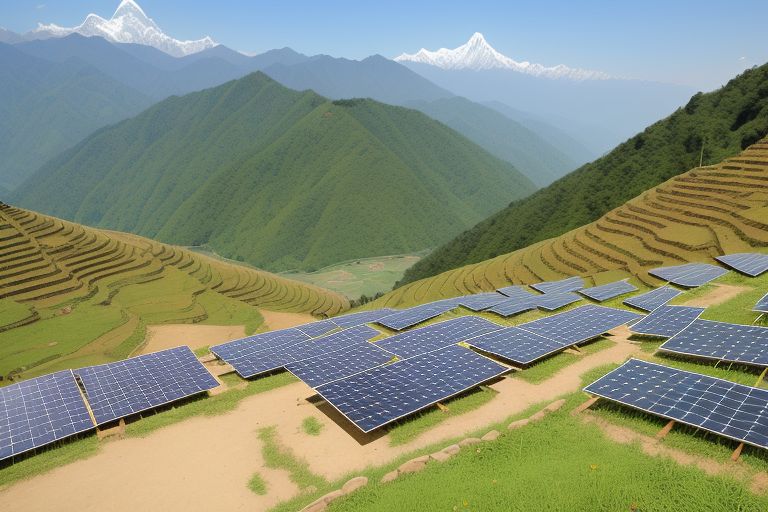The share of dependent type of power in Nepal is gradually increasing, recent changes show that Nepal is ready to use renewable energy sources. There has been faith and commitments on scores of renewable source of energy where government has set target of 15% of total energy mix by 2030.
Tentatively in this regard, the Upper Tamakoshi Hydroelectric Project, the largest hydropower project of Nepal, has now become fully operational. The $456 million project has since come on stream and now supplies the national grid to the benefit of the country that has cut down on imported power. Nepal’s Energy Minister Pampha Bhusal described the event as the ‘milestone moment for the country to become energy sufficient’.
The success of Upper Tamakoshi has also boost the confidence of Nepal regarding the opportunities present in the hydel sector. There are several other mega hydroelectric projects are either under construction or at preplanning stage at the moment. Others are West Seti and Seti River or SR 6 joint storage facilities, where capacity is estimated to be 1,200 MW.
Although hydropower will and must always remain the core in the Nepalese renewable energy mix to power the country, Nepal has expanded to other sources. Particularly, a great interest is observed in the use of solar energy. afford necessarily the present of large-scale of PQA, recently, the NEA has signed with 2000MW plus solar projects PQA.
The push toward renewable energy is not strictly for big projects only though the barriers to entering into renewable resources committed id=6. Non-Grid Renewable Energy Systems are increasingly becoming more apparent in Nepalese territory. In the rural settings mini-hydro and solar electricity systems are enhancing electricity supply to the previously unserved population. These projects not enhancing the living standards but also has providing a good employment facilities at the local levels.
Nepal’s hunt for renewable energy is getting international recognition and support. The World Bank has recently sanctioned a credit of $100 million for supporting the enhanced usage of sustainable energy services in rural NEPAL. Likewise, for the creation of energy storage systems, which are needed because of the variability of renewable resources, the Asian Development Bank is offering technical support.
Renewables are also making it possible for there to be new ways of exporting and importing energy across borders. Nepal has been trying to finalize a deal with India for the sale of excess hydropower generated during the monsoon. This could revolutionize Nepal from being an importer of electricity to an exporter therefore greatly affecting the economy of the small country.
There is still lots to be achieved, though, in the case of renewable energy in Nepal. In many regions of the country, the geographical characteristics – most often the accessibility of drilling sites – can present project development challenges. Further, serious issues are being discussed about problems connected with the environment and social impacts of large hydropower projects especially in the sensitive regions.
In order to overcome these challenges, the government is in the process of preparing the renewable energy policy framework programme. This paper seeks to call for the adoption of the proposed policy that would in effect and facilitate changes to current or formation of new policies that will simplify bureaucratic measures, encourage private capital investment in renewable energy generations, and accord to safeguard environment and social consideration.
The renewable energy business is opening new employment prospects and learning in the education sector of Nepal as well. Newcomers to the renewable energy field are the universities and technical institutes that are offering courses in renewable energy technologies that will help to build up the required cadre of engineers and technicians for the industry.
As advancement in renewable energy generation is slowly ramping up in Nepal the gains are spilling over to other sectors. This transition is enhancing the country’s combating of climate change, as pledged under the Paris accord. Further, the increase in the scale of investment in renewable energy sources is leading to new employment opportunities and economic development of different areas.
The future years will be catalytic in the case of realizing the renewable energy potential in Nepal. By furthering its investment, implementing more supportive polices and introducing new solutions, the country may turn into the regional champion in terms of safe energy consumption. Energy analyst Prakash Sharma said, “Nepal’s renewable energy mission is not just to light up homes and factories, but also to illuminate the path to a bright future of the whole country.”


